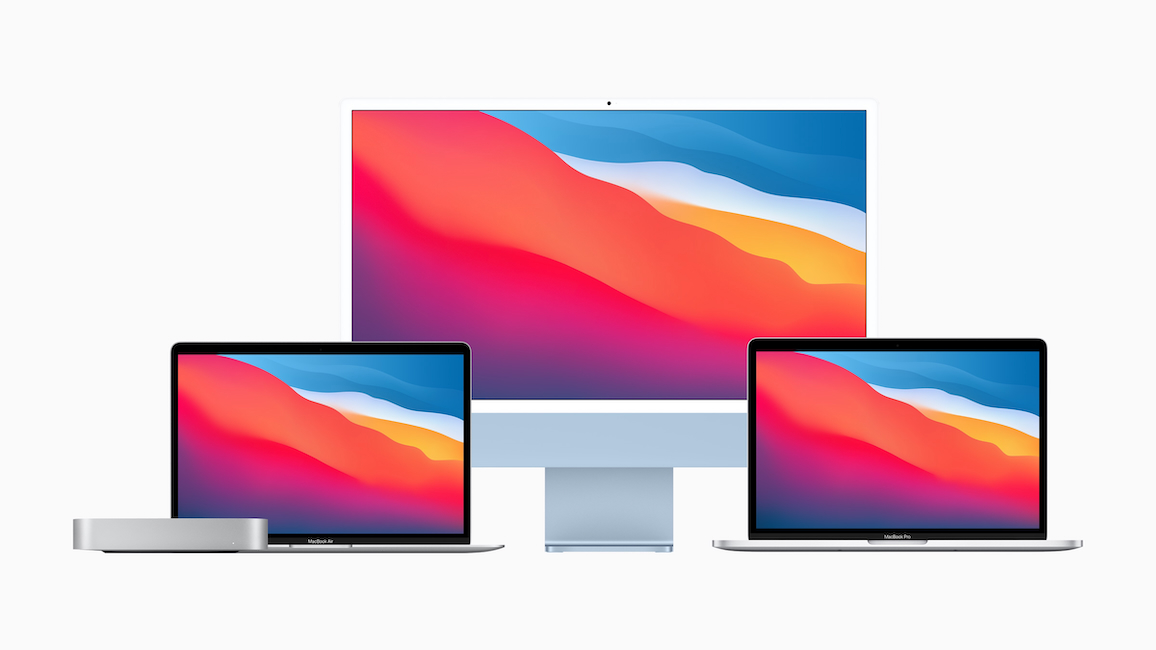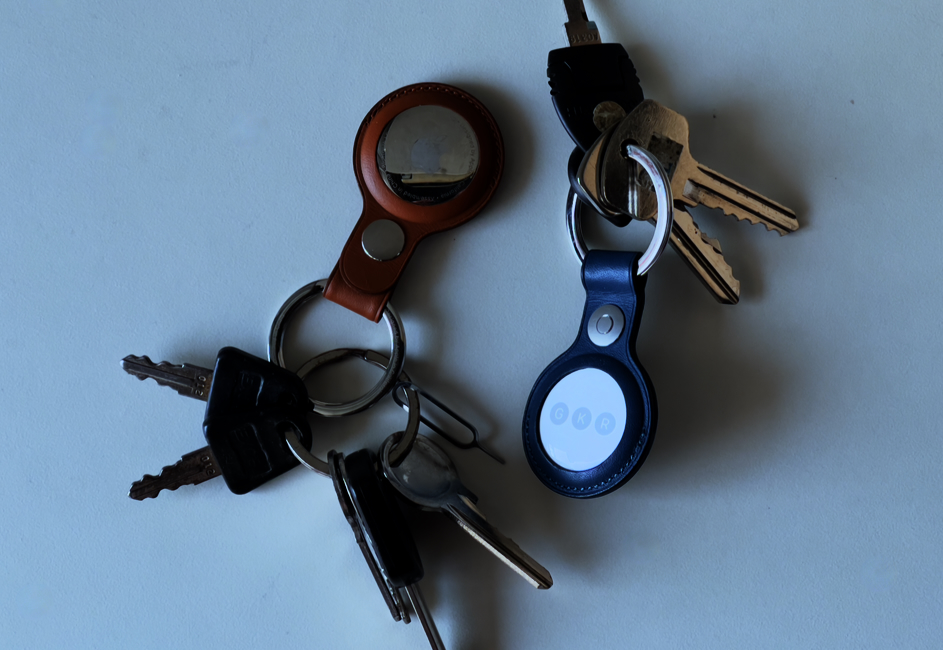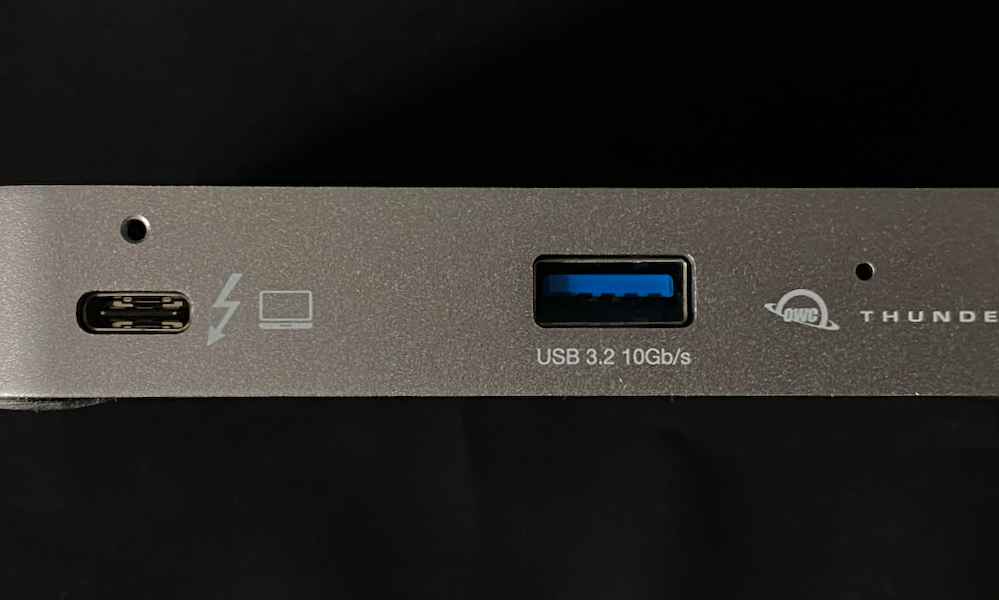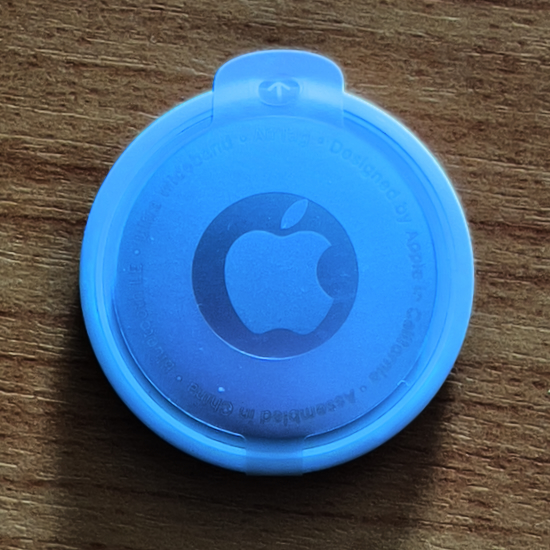|
|
Thursday Notes: End of Year Thoughts; AirTags not Evil, People are; Cables and PortsBy Graham K. Rogers
At this time of year there are always predictions for the future. I rarely make these as so many are found to be wrong. Wall Street analysts make predictions all year long and I tend to regard these as background chatter that is intended to influence the share price. Few in Wall Street really understand Apple. This week for example, two commentators on Seeking Alpha had contradictory headlines. The first was "Apple back on track to possibly hit $3T market cap by year's end" which is a fairly safe bet, while another, only a few hours later, told us "Apple: Brace For A Bumpy 2022". The main points concern a lack of a VR headset when Oculus is selling well, and low capital expenditure. As Apple has a number of other irons in the fire, like the iPhone, and a VR/AR headset apparently in development, these comments are not much to fret about and the reader comments reflect this. Of course it does not escape my notice that in the new year apple will report its Q1 2022 figures and we may expect good news. There is no announcement just yet, but last year this was on 27 January and I would expect something around 25 or 26 January 202. It is better for Wall Street to depress the share price now, buy when low then take the profit.

M1-equipped Macs - Image courtesy of Apple
What has been missing the Mac lines updated with Apple silicon are some iMacs, including the iMac Pro; and the desktop Mac Pro. Some think that although this will have superfast M-series chips, there may also be an Intel option. The Xeon is still attractive for some high end users. Comments in Patently Apple look at the past, present and future of M1 Macs. This is mainly positive and with the upcoming chips, there is much more to come.
To try and stop the exodus of engineering employees, Apple is now offering up to $180,000 in stock bonuses to keep them from defecting (Juli Clover, MacRumors). There will certainly be more on this in the next few months as Apple is expected to bring its headset to market and neither company likes to lose a battle.

Apple AirTags
With some bags, like my backpack, an AirTag can be placed in a deep pocket, but these are easily accessible and anyone going through the bag, would soon see this and remove it if the bag had been stolen. Another, more substantial bag I have is different as there are hidden areas within the construction and an AirTag can be concealed here. Apple covered the situations where lost items need to be found, but has done less for valuable items that could be stolen when the AirTag needs to remain attached if there is to be any hope of tracing what has been lost. When the AirTags were released it was also clear that Apple had been aware of the negative potential for the device, particularly tracking of a person. Built in to the software was a feature that warns when an AirTag not linked to the user's phone, appears to be moving nearby, keeping pace. There are legitimate reasons when this may happen, for example when commuting, say in a metro train or on a bus. On the highway this may also occur for a short time, particularly if stuck in traffic. When this happens, there is a warning and a potential victim can check. Recently several of these questionable uses of AirTags have been reported, but rather than laud Apple for the point that these had been detected, it is somehow Apple's fault or there is something inherently bad about these devices. I saw a question posed in one source asking if AirTags were good or bad, which is the wrong question, although one designed to glean hits. Most things that have good designer intentions could be misused, even in a domestic situation. Take the simple electric fan. These keep me going with the heat here (along with air conditioning) but throw them into someone's bath (do not try this at home) and we have a totally unintended result. It could be the same for the basic iron, used to press clothes. In a heated argument, this device (with its design weight) could cause injury or even death. AirTags are not evil, people are.
So while the AirTag was designed with a good purpose - keeping track of those devices that were not equipped with macOS or iOS and hence could not be used with FindMy - Apple was aware of the potential for other purposes: jealous spouse or partner, creepy or other reasons. Because of this they built into the tracking software the ability to be warned about AirTags that were not registered to a device (e.g. iPhone) but were keeping within the vicinity. That MacDaily News article has a number of useful suggestions concerning rogue use of AirTags
I had a look at the Belkin site but there are no direct sales. A link to Belkin suppliers in Thailand was not useful as when I have gone into these stores they have a mix of available cables, but deny the existence of the USB-C to micro-USB. When shown an image as proof of existence, there was denial even in one store that I had previously bought the same cable from. I tried Amazon and this cable is not shown in the Belkin-specific pages, so I ended up ordering 3 of these from another manufacturer.

OWC Thunderbolt Hub - Four output USB-C ports

OWC Thunderbolt Hub - USB-C Power and USB A port
As an almost-perfect complement to Fleischmann's useful input, a couple of days later, Recompute have produced an article on ports. Many of these have now gone, for example the SCSI ports that enabled multiple devices to be connected to a Mac years ago. These two sources are good references and worth bookmarking. Just to add more confusion, it has just been announced that an updated HDMI standard (2.1a) is being released. Chaim Gartenberg (The Verge) tell us that this "adds a major new feature, Source-Based Tone Mapping, or SBTM." He adds that "SBTM is a new HDR feature that offloads some of the HDR tone mapping to the content source (like your computer or set-top box) alongside the tone mapping that your TV or monitor is doing."
Graham K. Rogers teaches at the Faculty of Engineering, Mahidol University in Thailand. He wrote in the Bangkok Post, Database supplement on IT subjects. For the last seven years of Database he wrote a column on Apple and Macs. After 3 years writing a column in the Life supplement, he is now no longer associated with the Bangkok Post. He can be followed on Twitter (@extensions_th) |
|


 A widely reported warning from police in Canada concerned AirTags that were used to track desirable cars with the intention of stealing them (think, Gone in 60 seconds); and more recently in two separate incidents, a couple of women in New York saw warnings on their phones (as Apple designed) about some closely-following AirTags (
A widely reported warning from police in Canada concerned AirTags that were used to track desirable cars with the intention of stealing them (think, Gone in 60 seconds); and more recently in two separate incidents, a couple of women in New York saw warnings on their phones (as Apple designed) about some closely-following AirTags (